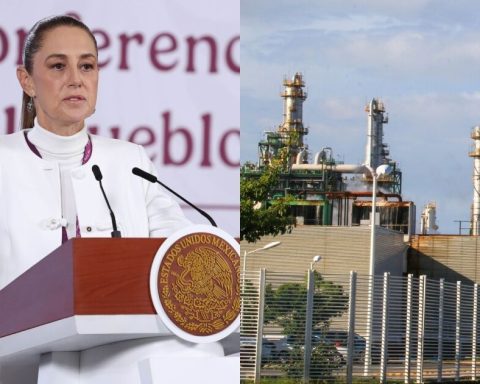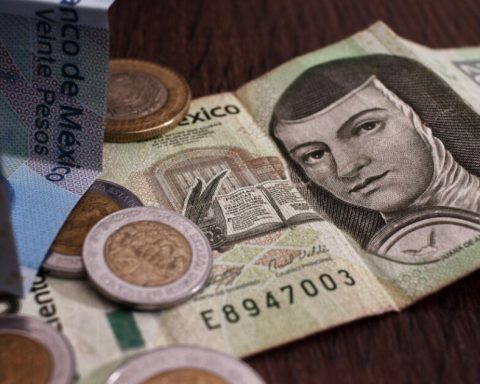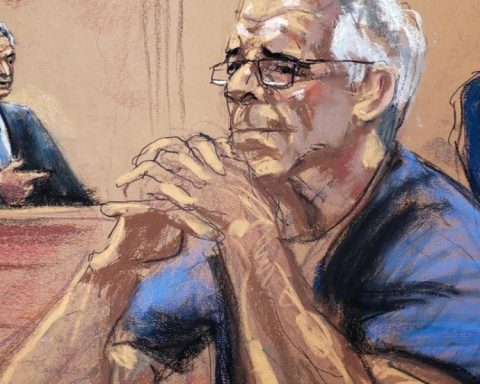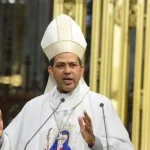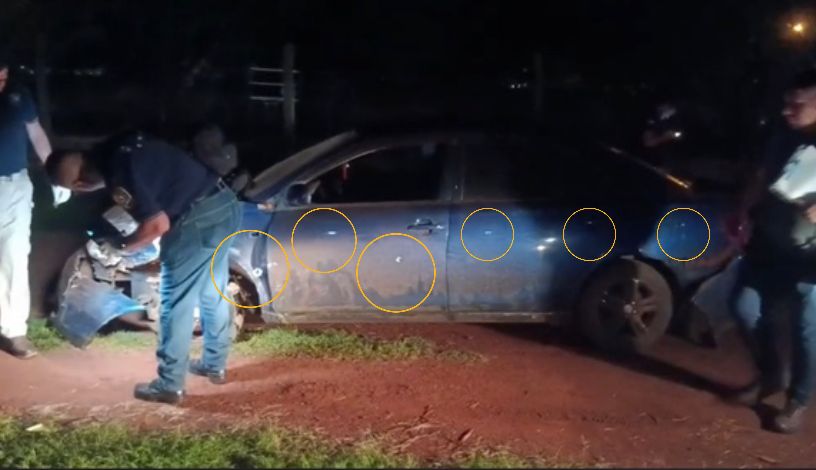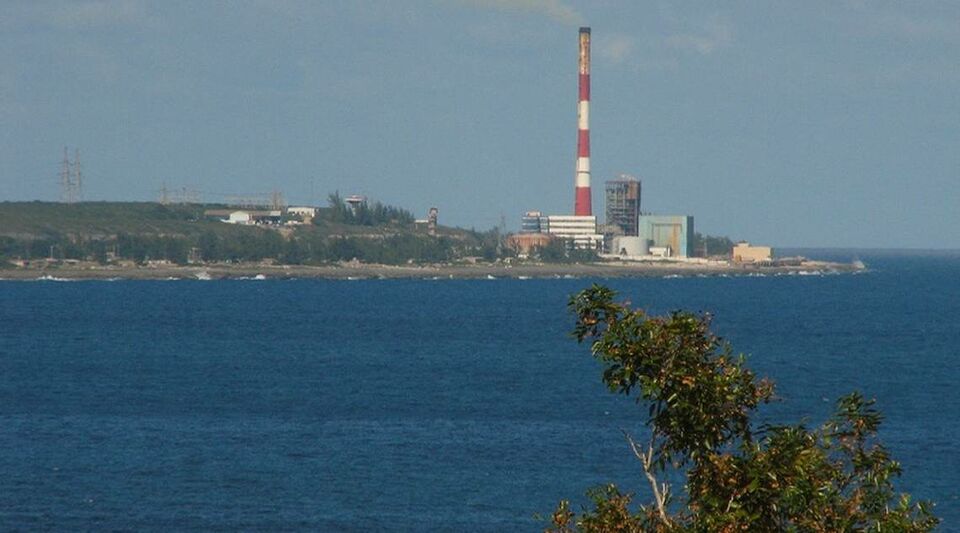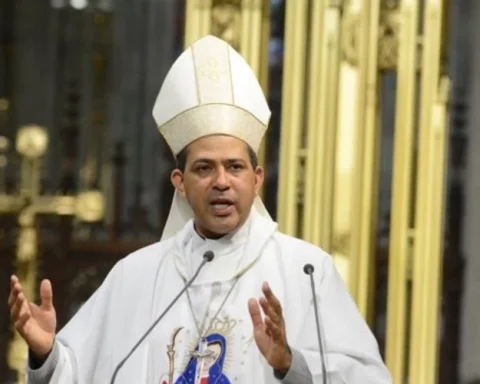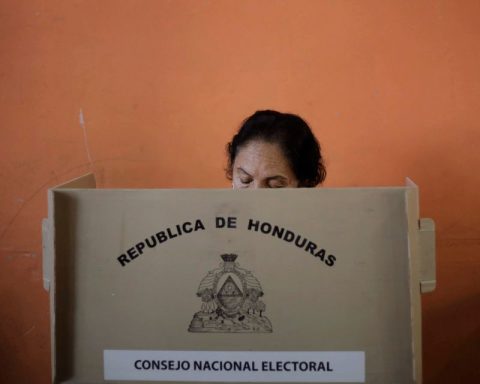AND
n his history classes, UNAM professor emeritus Juan Brom used to say that it was a good idea that the student movement of 1999-2000 gave the name Ricardo Flores Magón to the main auditorium of the Faculty of Political and Social Sciences. The gesture was not minor, and Brom knew it: it was not just a tribute to a generation that defended free education to the most important anarchist intellectual of the Mexican Revolution, it was at the same time a reappropriation of space, a plebeian redefinition , a break with the hegemonic history and also, perhaps, a sign of the advancement of libertarian thought and action among social movements.
The first time Ricardo Flores Magón was taken to jail, he was just 19 years old. By then, the anarchist had moved with his family from his native Oaxaca to Mexico City and was studying at the National School of Jurisprudence. It was the spring of 1892, and the people moved, agitated, as if with the entrance of the station the outdated organism of Mexican society had loosened up.
I would write in Notes for history. my first prison. Ricardo Flores Magón described the anti-reelection movement against Porfirio Díaz, in which the student movement was a key element: At that time we were the students the idols of the town
. The fact is that Ricardo Flores Magón and his brother Jesús, together with dozens of members of the student movement, were arrested for participating in the protests. Fortunately, the massive popular mobilizations that took place after the arrest saved them from being shot, as was the case with so many others at that time.
The theoretical and practical contributions of the Magón brothers, and other members of the Mexican Liberal Party (PLM), such as Práxedis Guerrero or Librado Rivera, have been widely studied from different perspectives. In particular, the link between the native communities and Magonismo stands out, a link that would not only be marked by the birthplace of the Flores Magón family, San Antonio Eloxochitlán, Oaxaca, populated mainly by Mazatec communities, but would develop in the same formation of the PLM itself, as Benjamín Maldonado has pointed out in his text The Indian and the Indian in the Magonista movement. Regarding the nuances and debates of this link, it is worth reviewing the interesting conversation Ricardo Flores Magón and the national indigenous movement
carried out recently at the UNAM Social Research Institute (https://bit.ly/3EolUGm).
Although the anarchism of the group headed by Ricardo Flores Magón has had a profound impact on the political, cultural and intellectual life of Mexico, it should also be noted that from the beginning, and due to the very characteristics and conditions in which it developed, it was treated of a transnational movement, with repercussions even beyond Mexico and the United States.
It is also among the youth movements where magonismo has flourished with the greatest impetus. That libertarian magonism has taken root where anti-authoritarian, countercultural and anti-statist positions converge. Since the 1970s, whether promoting newspapers, magazines, libraries, radio stations, cooperatives, in the countryside and in the city, dozens of organizations and collectivities have reproduced and fed the magonista ideology in the fight against the State and capital. In the 1990s, with the outbreak of the Zapatista rebellion and its direct criticism of the State, anarchist ideals also gained ground among hundreds of young people who wanted to build emancipatory alternatives against and beyond the State.
In September 1911 the PLM would launch a decisive manifesto: The storm intensifies day by day: maderistas, vazquistas, reyistas, scientists, delabarristas are calling out to you, Mexicans, to fly to defend their faded flags, protectors of the privileges of the capitalist class. Do not listen to the sweet songs of those sirens, who want to take advantage of your sacrifice to establish a government, that is, a new dog that protects the interests of the rich. Everyone up; but to carry out the expropriation of the assets held by the rich!
The document would conclude with the slogan Land and Liberty!, which Emiliano Zapata and the Liberation Army of the South would later endorse.
Almost a century later, the link between Zapatismo and Magonism would be vindicated by the EZLN, when the neo-Zapatistas named one of the municipalities recovered in 1994 as the rebel municipality of Ricardo Flores Magón, located in the Lacandona tzeltal jungle, near the Montes Azules biosphere. .
100 years after his death, the thought and action of Ricardo Flores Magón lives there with those who fight from below, against and beyond the State.
* Sociologist
Twitter: @RaulRomero_mx

